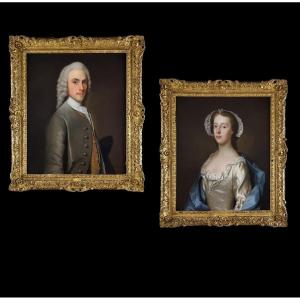John Ramey (originally spelt Remy) was one of the most remarkable men in eighteenth century Yarnmouth. The son of John Ramey (c.1690-1718), master-mariner, and Margaret (some accounts state her name as Elizabeth), née Pulteney. The father was lost at sea in 1718 and our sitter was brought up by his widowed mother, and on her death in 1758 (aged 64) he erected a monument to her in the Parish church. Ramey started life as an attorney, and his shrewdness and wisdom soon enabled him to take up a leading position. His great ambition was not only to make a fortune, but also to form a Political party in the town with him as leader.
He married Abigail, one of the two daughters and eventual co‑heirs of William Browne around 1746. Our portraits were probably painted to mark this important event; the fashions, wig, and hairstyle help to date the portraits to circa 1743-49. Abigail was talented in the art of drawing, but curiously, by using a poker. The rooms of Scratby were adorned with copies by her of paintings by Panini, Gisolphi, and others in this peculiar style of art. The author of the Norfolk Tour, published in 1772, described them as “very elegant and extraordinary performances” and that “the neatness and minute accuracy in which they were done, was wonderful”. The couple had two daughters, Lady Caroline Home (1768-1794), Lady Charlotte Sophia Home (1773-1866), and a son, Alexander Ramey-Home (1769-1841), who became the 10th Earl of Home. One further son died in infancy.
Ramey supported his father-in-law in his political endeavours and eventually as a result succeeded him in the lucrative post of Receiver General for the county. Ramey was Mayor in 1760 and again in 1763. By this time, he had acquired considerable estates in Ormesby and Scratby, which gave him so much influence that he was popularly called the "King of Flegg". In 1768 his ambition was gratified when his eldest daughter, Abigail Browne, married Alexander, 9th Earl of Home (died 1786), and became the Countess of Home (their son, Alexander, became 10th Earl of Home). Alec, Lord Home was to become Prime Minister of Great Britain in 1963. Their other daughter, Elizabeth, married Peter Upcher of Sudbury.
During the latter days of his life Ramey resided at Scratby Hall (which has medieval origins), where he died in 1794, aged 75. He was buried at the Church of St. Michael Sayers in Ormesby where there is a black marble monument incorporating an oval inscription dedicated to him. This is combined in a composition with further family monuments, including one to Abigail Ramsey, possibly Ramey’s wife and another to Lady Caroline Home (d. 1794), Ramey’s granddaughter.
Ramey had purchased all the property east of Scratby and converted a considerable portion of it into a garden, and left the whole estate after his death to his widow, Abigail, who resided there until her own death, and then to Lady Charlotte, later known as Lady Charlotte Baille-Hamilton.
On reverse is an trade card from Alfred J Mucklow, describing themselves as “Picture Frame Maker & Dealer in Works of Art”, operating at 35 Cranbourne Street, London between 1881 and 1941.
The Last Will and Testament of John Ramey is available.
A fine pair of mid eighteenth-century portraits - both held in their beautiful original hand-carved gilded frames.
Allan Ramsay was born in Edinburgh. He attended the new Academy of St Luke in Edinburgh and in London at St Martin's Lane Academy. From there he travelled to Italy and worked from 1736 to 1738 at the French Academy in Rome. In Italy he learned how to draw hands and graceful compositions and this was to have a big impact on his work. On his return he settled in London in 1738 and soon became the most elegant of the native British portraitists, and was at first patronised by the Scottish nobility in London. His work was imbued with a soft palette and was more delicate and sophisticated and his very elegant portraits of women were immediately popular.
The commentator Alexander Gordon described him as ‘one of the first-rate portrait painters in London’ as early as December 1738. By then, the young painter was already charging eight guineas a head, some three guineas more than Reynolds was to charge when he settled in London some fifteen years later. He was chosen to be the official court painter to King George III and during his prime period he had a virtual monopoly on court painting. He had been extraordinarily successful and in 1747 he was able to purchase a small estate in Fife, and became known as Allan Ramsay of Kinkell.
Measurements: Height 94cm, Width 81cm, Depth 7cm framed (Height 37”, Width 31.75”, Depth 2.75” framed







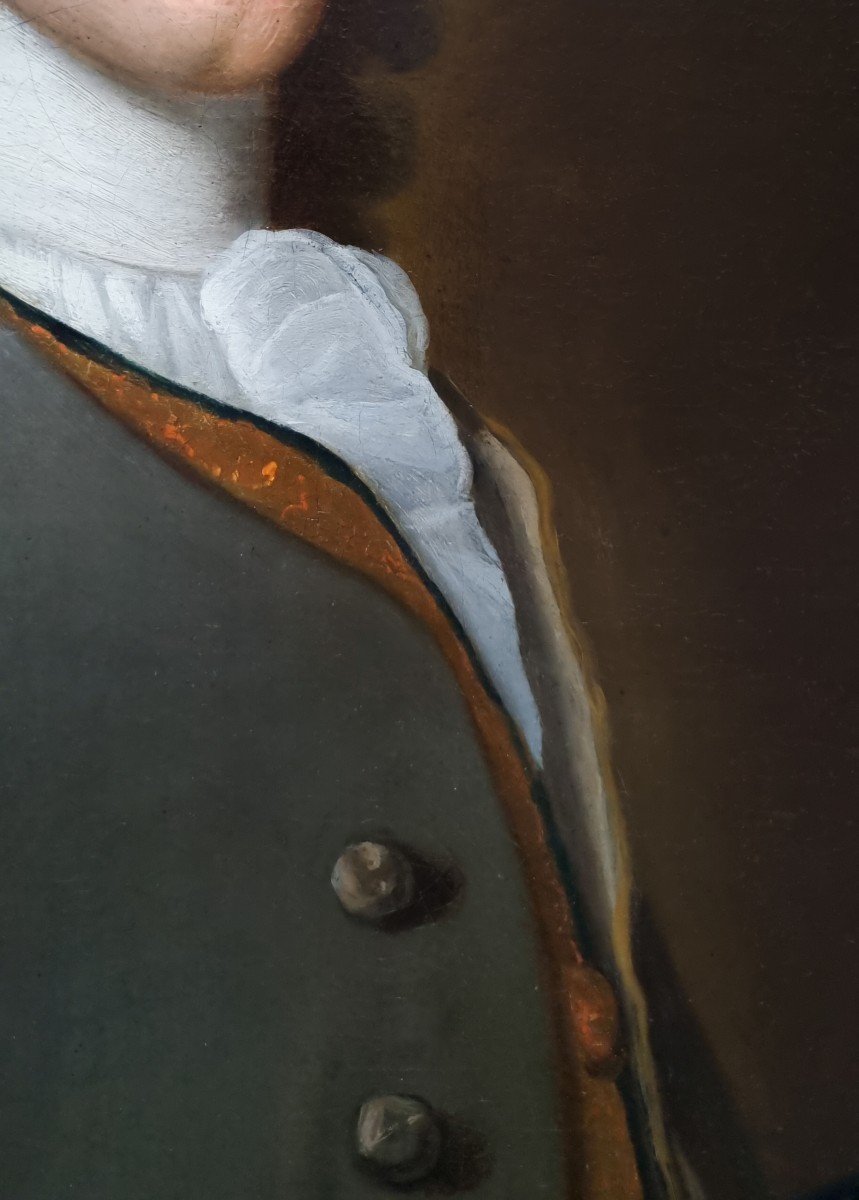
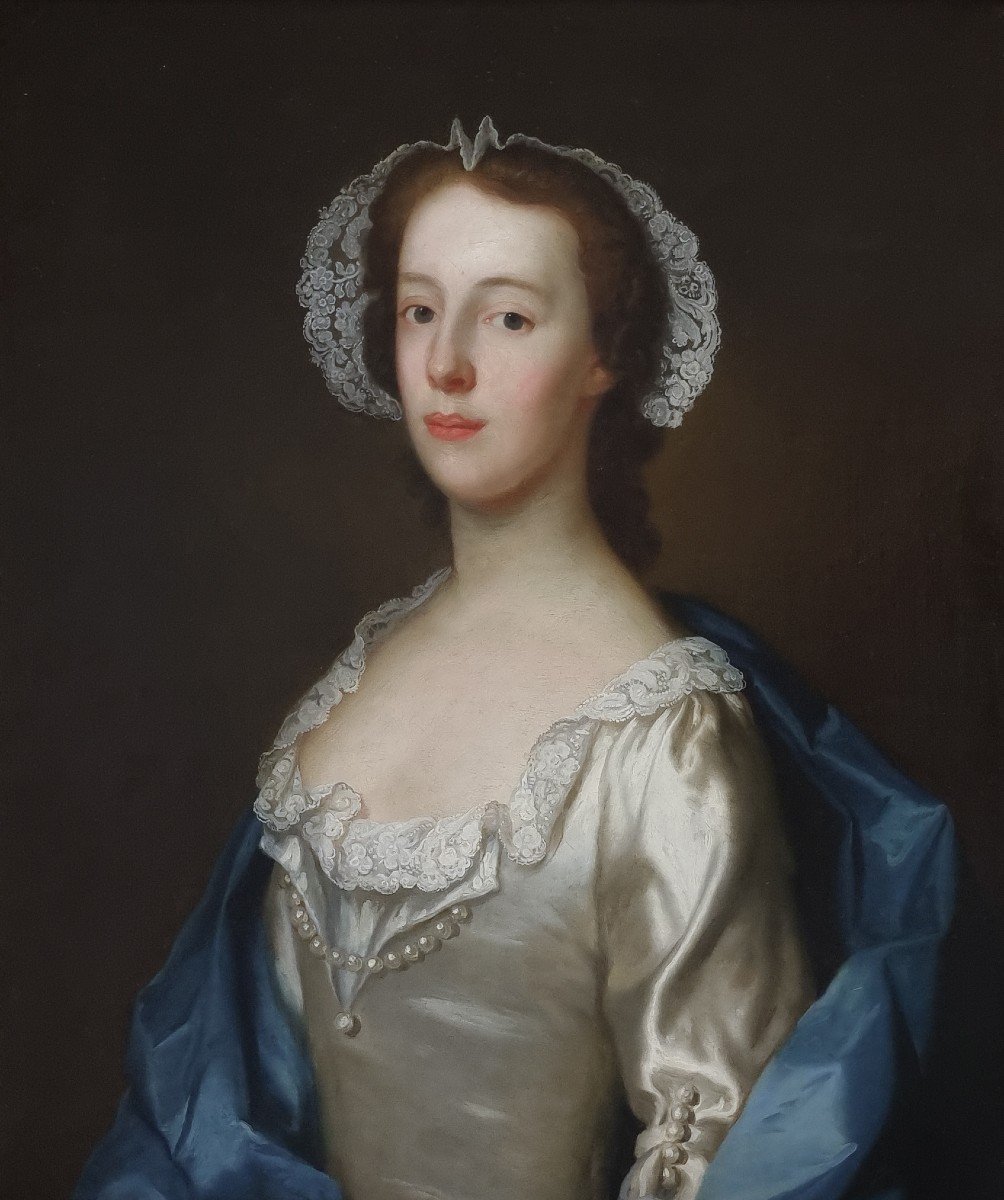

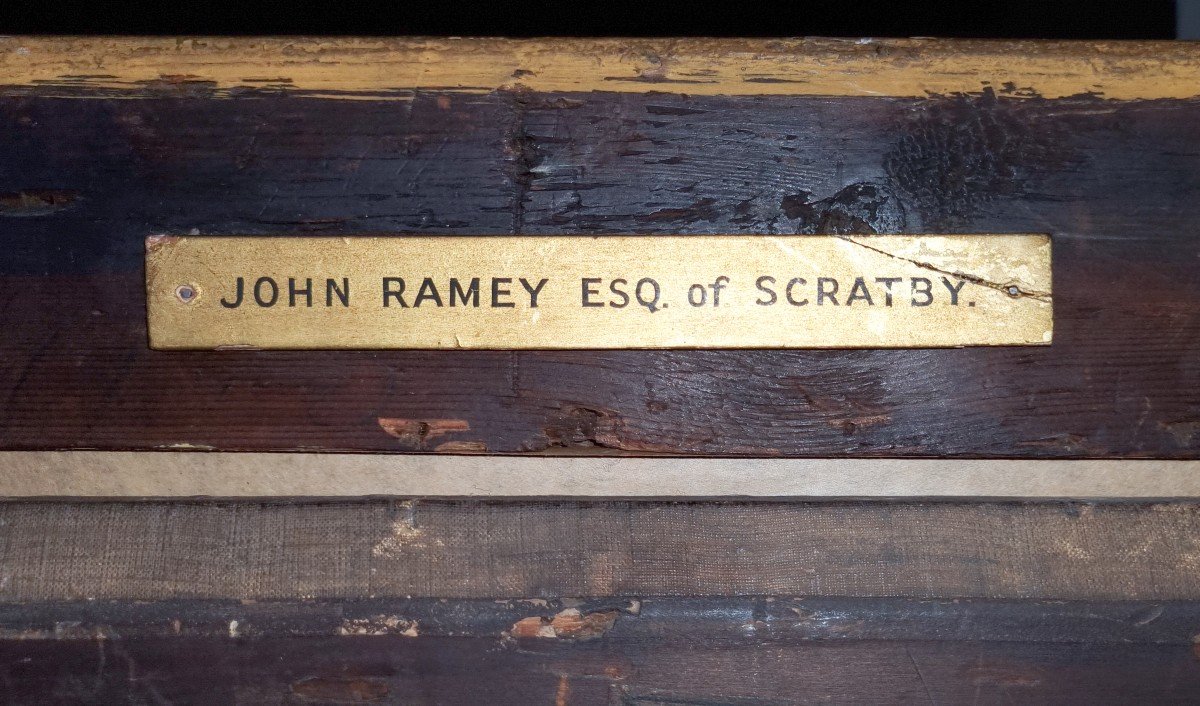
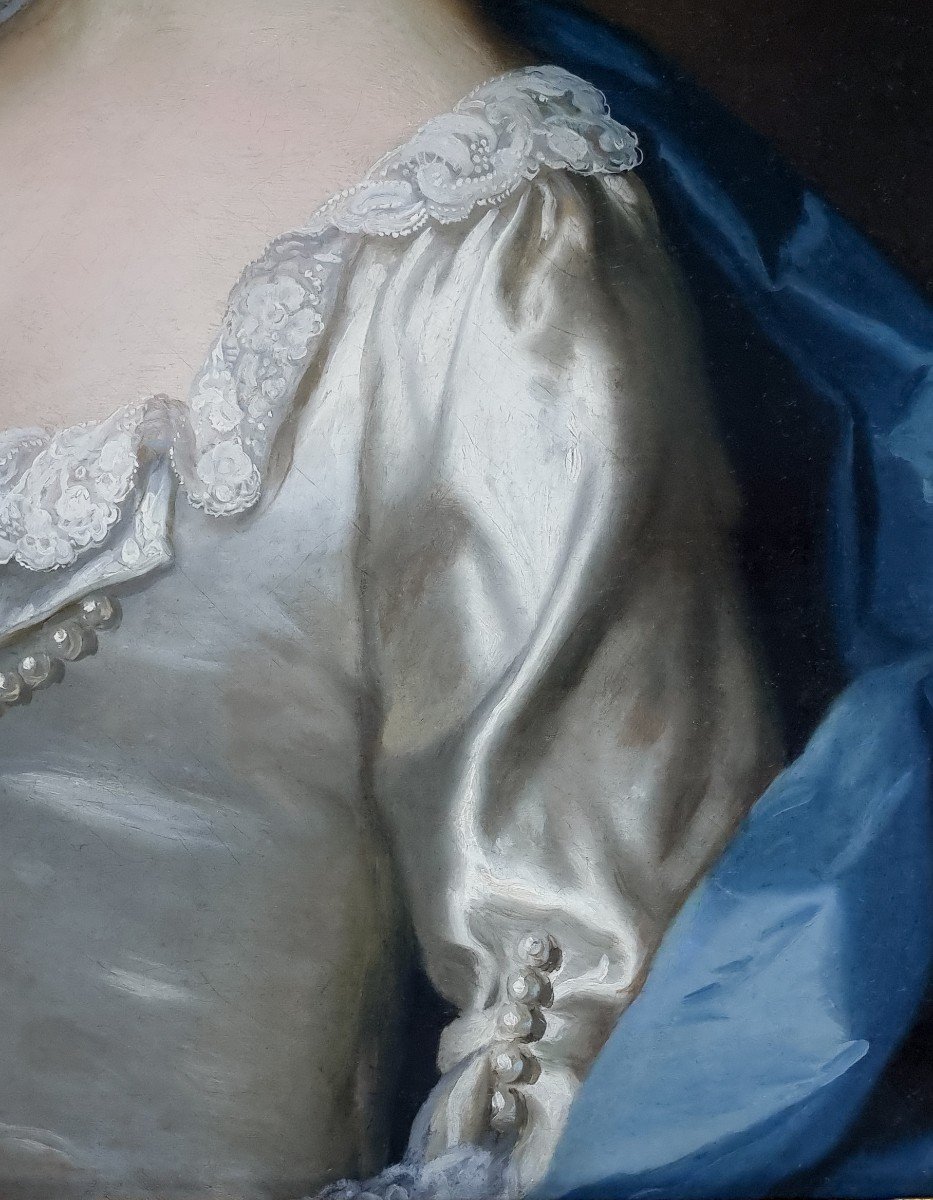
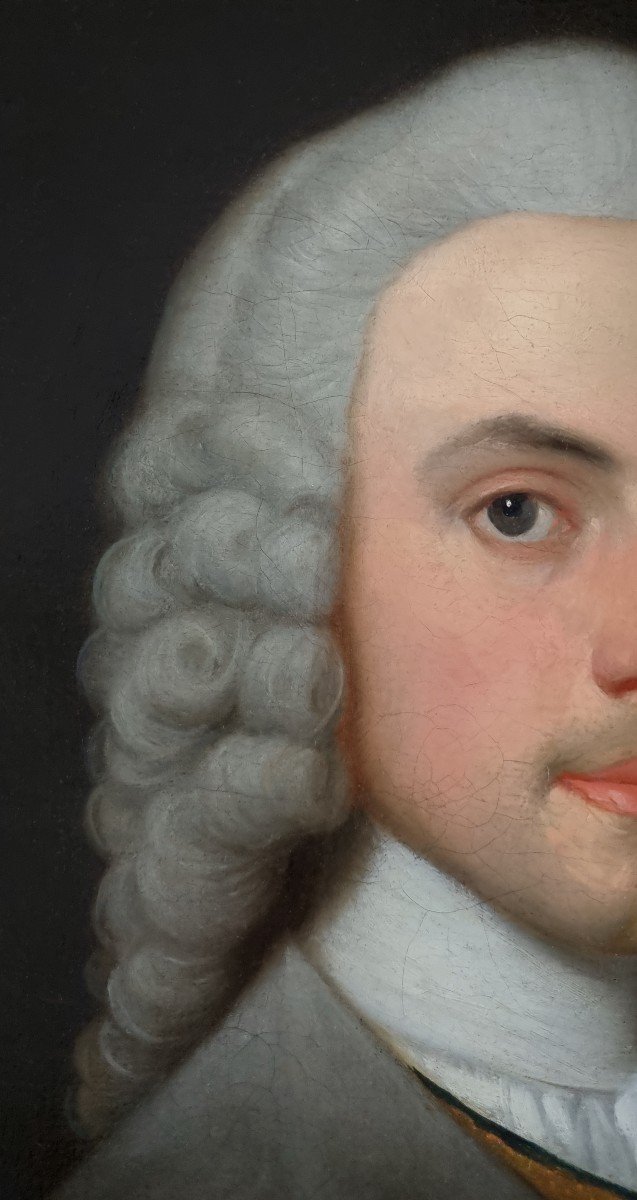
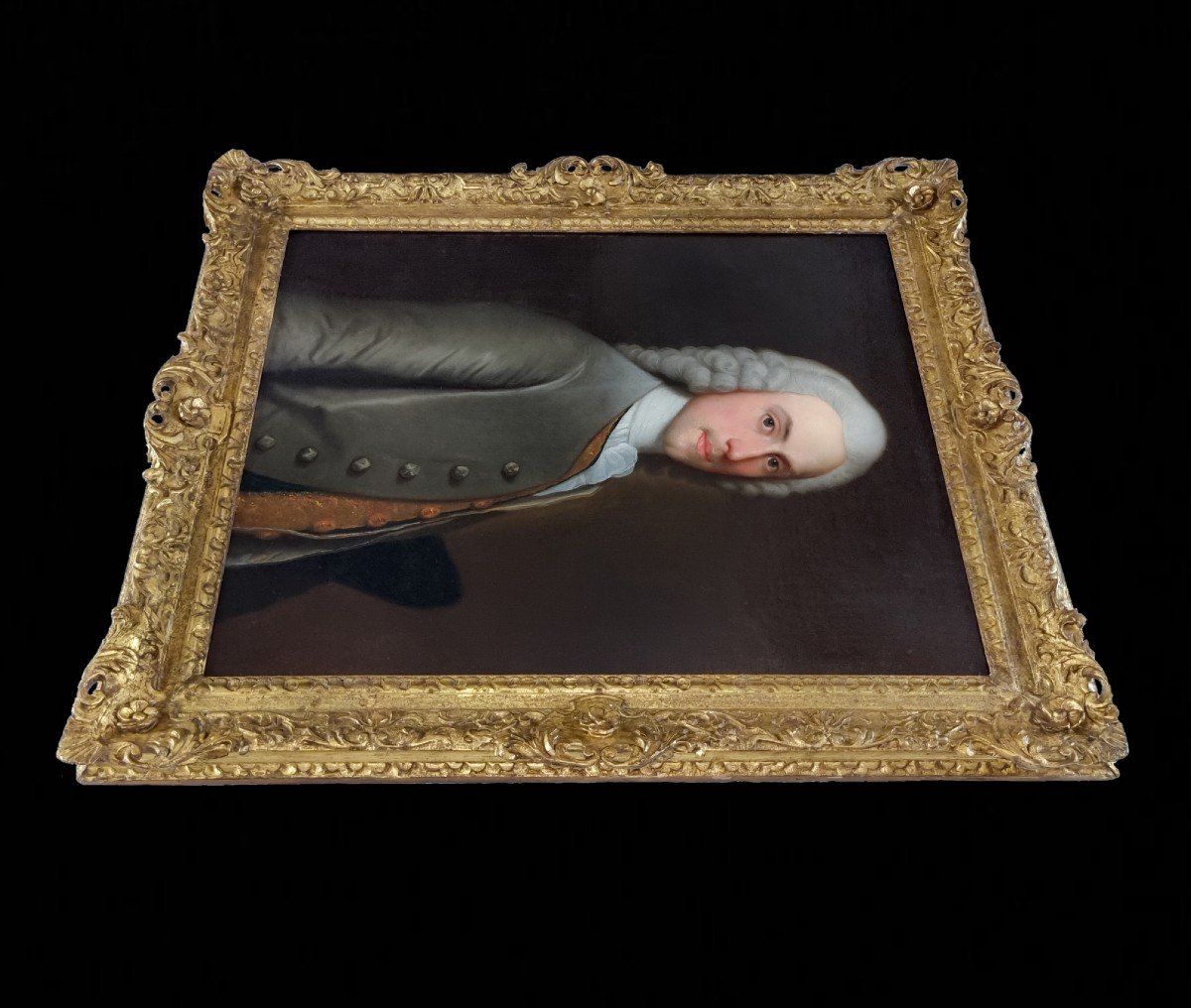
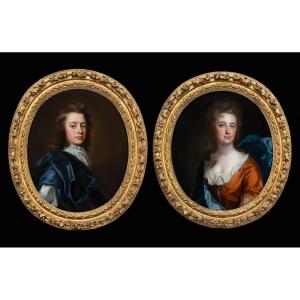
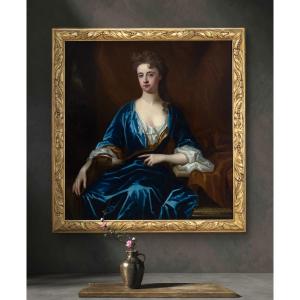
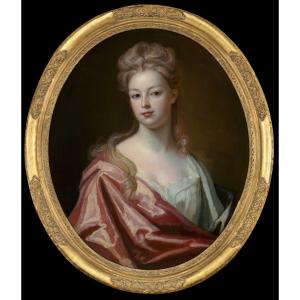


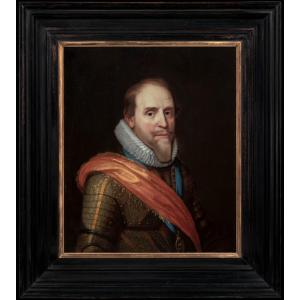
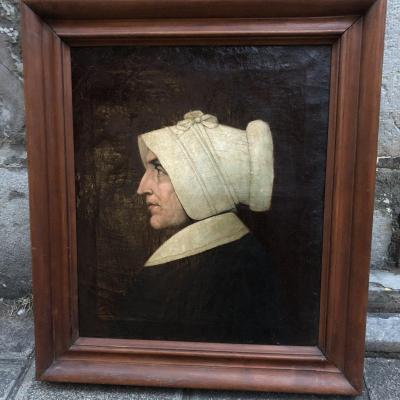

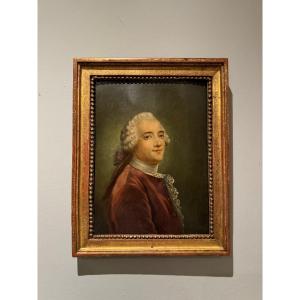






 Le Magazine de PROANTIC
Le Magazine de PROANTIC TRÉSORS Magazine
TRÉSORS Magazine Rivista Artiquariato
Rivista Artiquariato
